What Is A Mud Ball? And Why Do Golfers Hate Them?
With this year's Masters being played in softer November conditions the mud ball becomes a distinct possibility. But why is it such a problem?
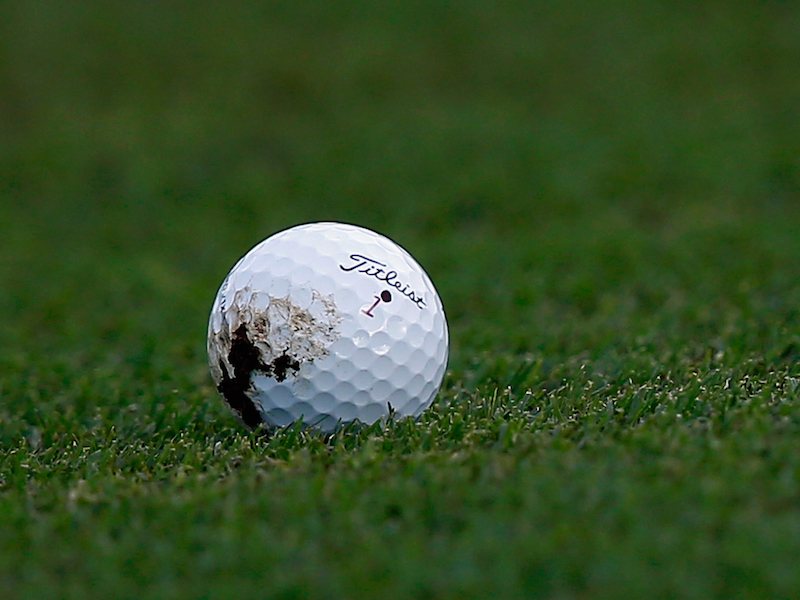

With this year's Masters being played in softer November conditions the mud ball becomes a distinct possibility. But why is it such a problem?
What Is A Mud Ball? And Why Do Golfers Hate Them?
Mud balls have existed since golfers first took to the fairways - and they're common during the 2020 Masters.
But perhaps no duo has done more to publicise the mud ball’s undesirability than the now-defunct partnership of Tiger Woods and Steve Williams.
Related: Best Black Friday Golf Deals
Many’s the time that Tiger Woods was heard to utter, “Goddamn mud ball, Stevie!” as his ball flew erratically offline, some way from its intended target.
Why does a mud ball present such a problem for golfers?
Get the Golf Monthly Newsletter
Subscribe to the Golf Monthly newsletter to stay up to date with all the latest tour news, equipment news, reviews, head-to-heads and buyer’s guides from our team of experienced experts.
Basically, when there’s mud on the ball it can have an effect on flight trajectory, shape and distance.
While it’s true that the ball will often move in the opposite direction to the side the mud is on, that’s not always the case.
And if the mud is on top, it may spin the ball too much and balloon up in the air, costing the player distance as well as accuracy.
Far from a precise science
But note the use of the word ‘may’ in that last sentence.
The problem with the mud ball is that it is unpredictable with a huge number of variables at play.
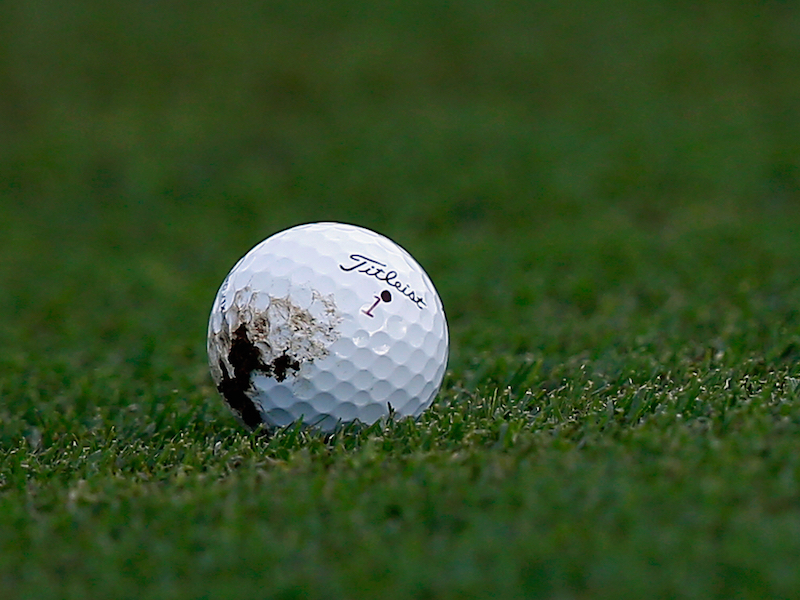
The resulting ball flight can depend on many things.
Where the mud is located; how much there is; whether or not it stays on the ball throughout its flight and more.
So, trying to work out what will happen is far from a precise science. No great help to players in our November Masters, where conditions are very different to usual.
Soft fairways – Bryson DeChambeau’s first-round bomb down the 15th hole stopped within about six inches – bring an increased likelihood of mud balls in this year’s Masters.
It seems Tiger drew one on his first drive of the tournament down the 10th hole. He went on to miss the green left with his approach but salvaged par.

If there’s one course where you don’t need the added uncertainty of a mud ball, it’s Augusta National – particularly the back nine with all its water.
Any Rules assistance?
So, do the Rules of Golf come to the rescue at all?
Well, no, not really unless a Local Rule permitting preferred lies is in force. Both the PGA Tour and European Tour sometimes use such a Local Rule in soggy conditions.
In the UK, we typically play preferred lies on the fairways through the winter months. This allows us to lift, clean and place the ball within a specified distance – typically six inches or a club-length.
Generally, there will be no preferred lies in the rough.
But committees can, in exceptional circumstances, permit lift, clean and replace in the general area (i.e. the rough too) in areas of the course where it is needed.
Assuming The Masters Committee doesn’t sanction such Local Rules this week, the only time players will be able to clean mud from their ball (other than when they reach the safety of the putting green) is if their ball embeds in its own pitchmark.
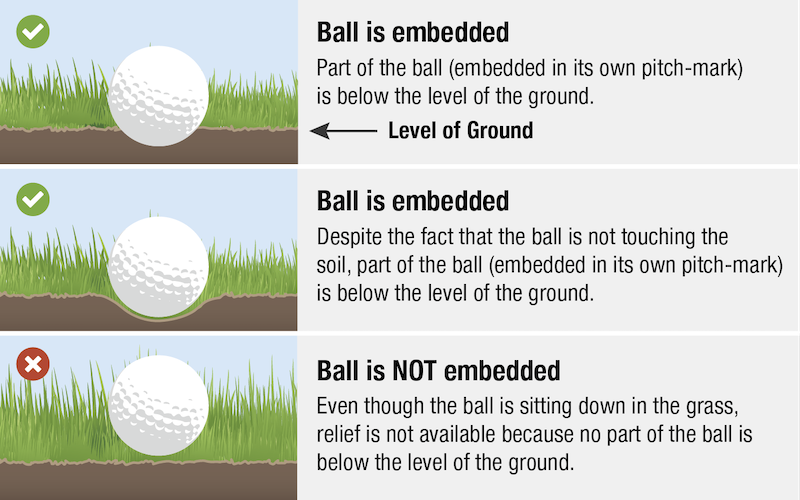
If it does, free relief is now available under Rule 16.3 for an embedded ball anywhere in the general area – not just closely mown areas.
In taking embedded ball relief, you are allowed to clean the ball before dropping within a one club-length arc directly behind the spot where the ball is embedded.
For all the latest from the golf world, check the Golf Monthly website and follow our social media channels @golfmonthlymagazine on Facebook and @golfmonthly on Twitter and Instagram

Jeremy Ellwood has worked in the golf industry since 1993 and for Golf Monthly since 2002 when he started out as equipment editor. He is now a freelance journalist writing mainly for Golf Monthly. He is an expert on the Rules of Golf having qualified through an R&A course to become a golf referee. He is a senior panelist for Golf Monthly's Top 100 UK & Ireland Course Rankings and has played all of the Top 100 plus 91 of the Next 100, making him well-qualified when it comes to assessing and comparing our premier golf courses. He has now played 1,000 golf courses worldwide in 35 countries, from the humblest of nine-holers in the Scottish Highlands to the very grandest of international golf resorts. He reached the 1,000 mark on his 60th birthday in October 2023 on Vale do Lobo's Ocean course. Put him on a links course anywhere and he will be blissfully content.
Jezz can be contacted via Twitter - @JezzEllwoodGolf
Jeremy is currently playing...
Driver: Ping G425 LST 10.5˚ (draw setting), Mitsubishi Tensei AV Orange 55 S shaft
3 wood: Srixon ZX, EvenFlow Riptide 6.0 S 50g shaft
Hybrid: Ping G425 17˚, Mitsubishi Tensei CK Pro Orange 80 S shaft
Irons 3- to 8-iron: Ping i525, True Temper Dynamic Gold 105 R300 shafts
Irons 9-iron and PW: Honma TWorld TW747Vx, Nippon NS Pro regular shaft
Wedges: Ping Glide 4.0 50˚ and 54˚, 12˚ bounce, True Temper Dynamic Gold 105 R300 shafts
Putter: Kramski HPP 325
Ball: Any premium ball I can find in a charity shop or similar (or out on the course!)
-
 Volvo China Open 2025 Picks, Odds And Predictions
Volvo China Open 2025 Picks, Odds And PredictionsFollowing a break for The Masters, the DP World Tour returns for the final two weeks of its Asian Swing and the Volvo China Open is the penultimate event
By Jonny Leighfield
-
 Rory McIlroy's Sports Psychologist Explains Why He 'Didn't Talk' To Bryson DeChambeau In Masters Final Round
Rory McIlroy's Sports Psychologist Explains Why He 'Didn't Talk' To Bryson DeChambeau In Masters Final RoundDeChambeau raised eyebrows at Augusta National when claiming that McIlroy wouldn't engage in conversation during the final round of The Masters
By Jonny Leighfield
-
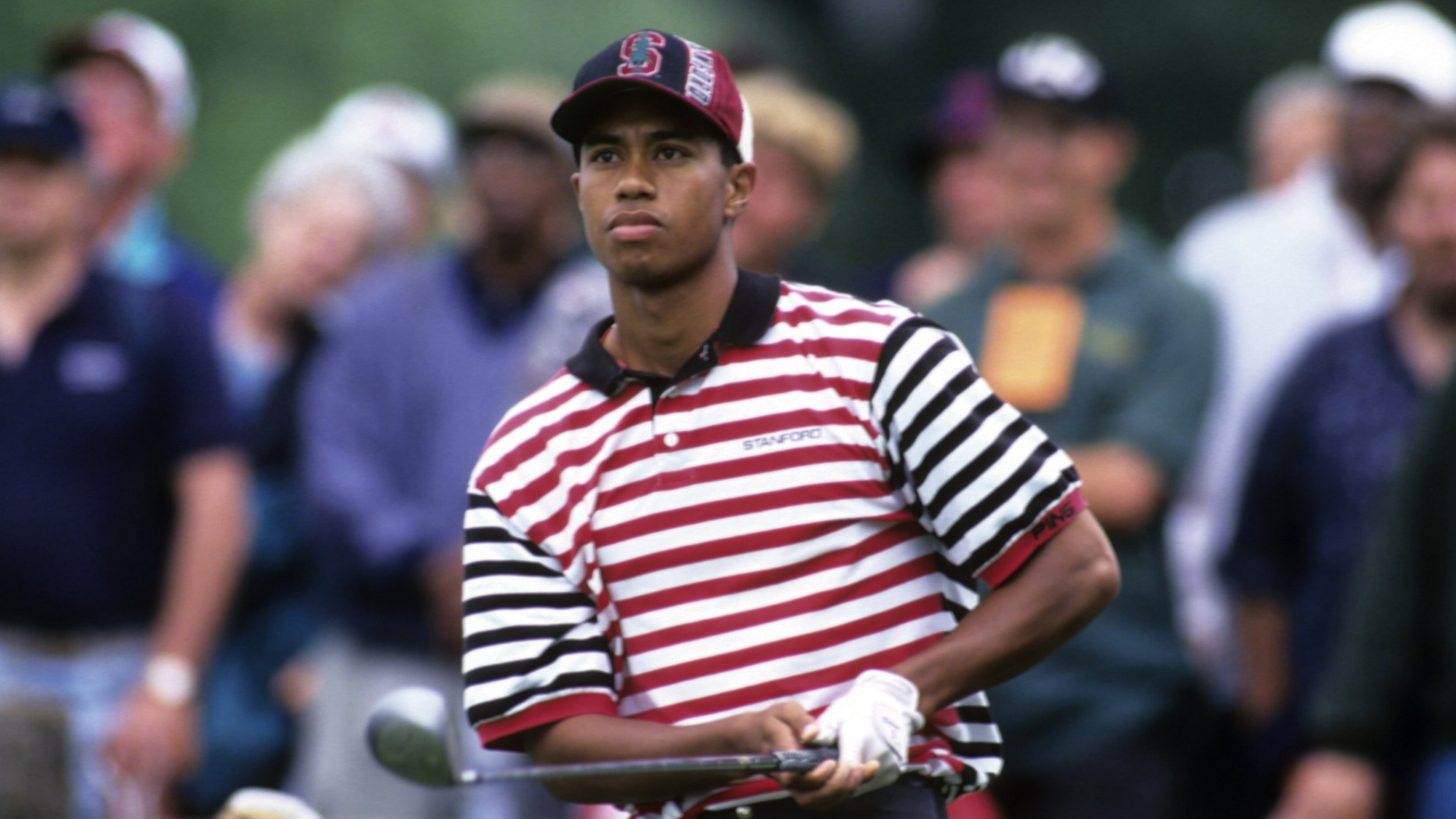 Where Did Tiger Woods Go To College?
Where Did Tiger Woods Go To College?Tiger Woods is arguably the greatest golfer of all time, but where did he go to college?
By Mike Hall
-
 What Is Tiger Woods' Open Championship Record?
What Is Tiger Woods' Open Championship Record?We take a closer look at the 15-time Major winner's record at golf's oldest Major Championship
By Michael Weston
-
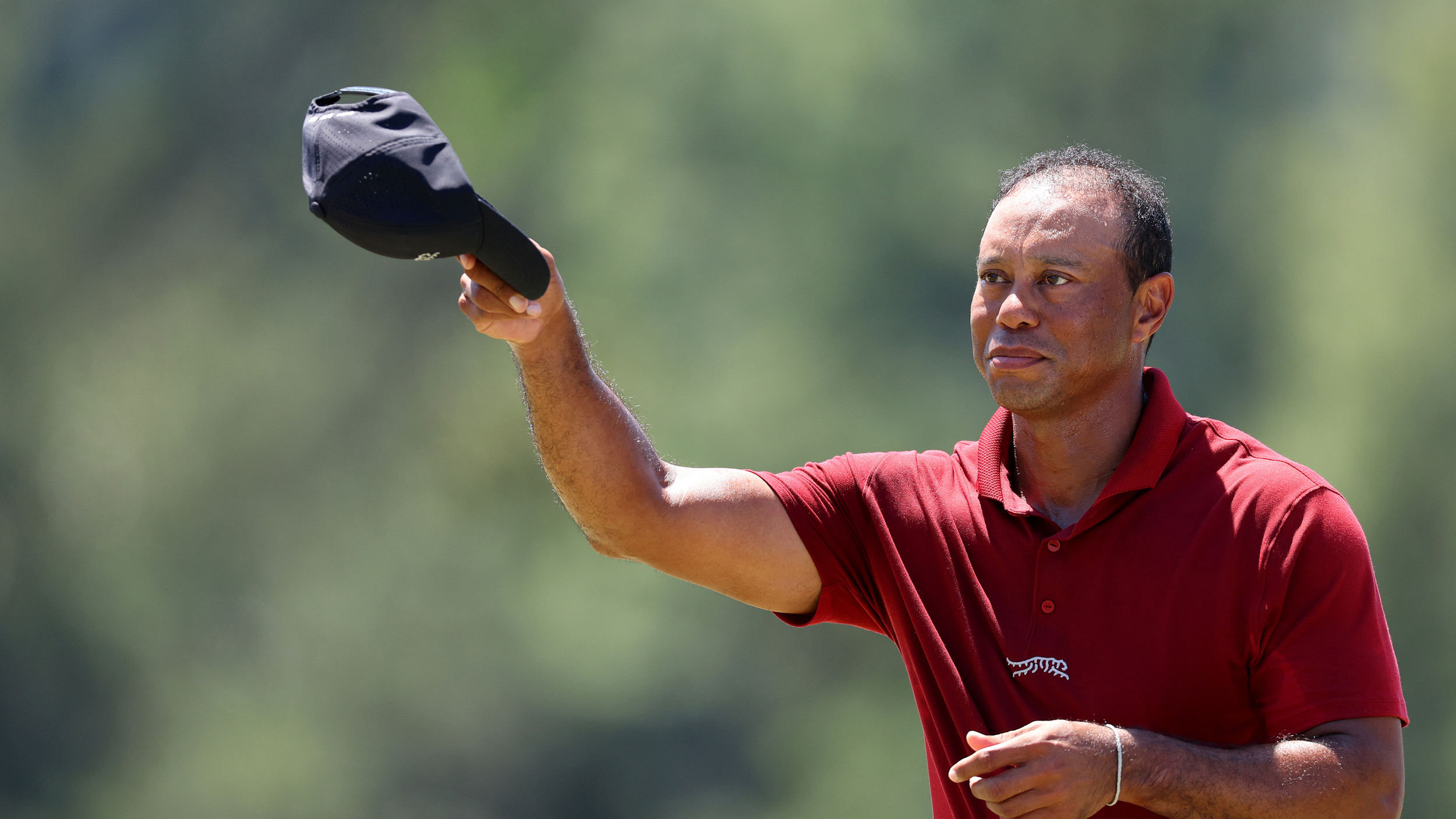 Why Tiger Woods’ Masters Week Was Actually A Huge Success
Why Tiger Woods’ Masters Week Was Actually A Huge SuccessWoods finished last at an event in which he made the cut for just the third time in his near-30-year pro career at The 2024 Masters - but looking at the result here is too short-sighted...
By Jonny Leighfield
-
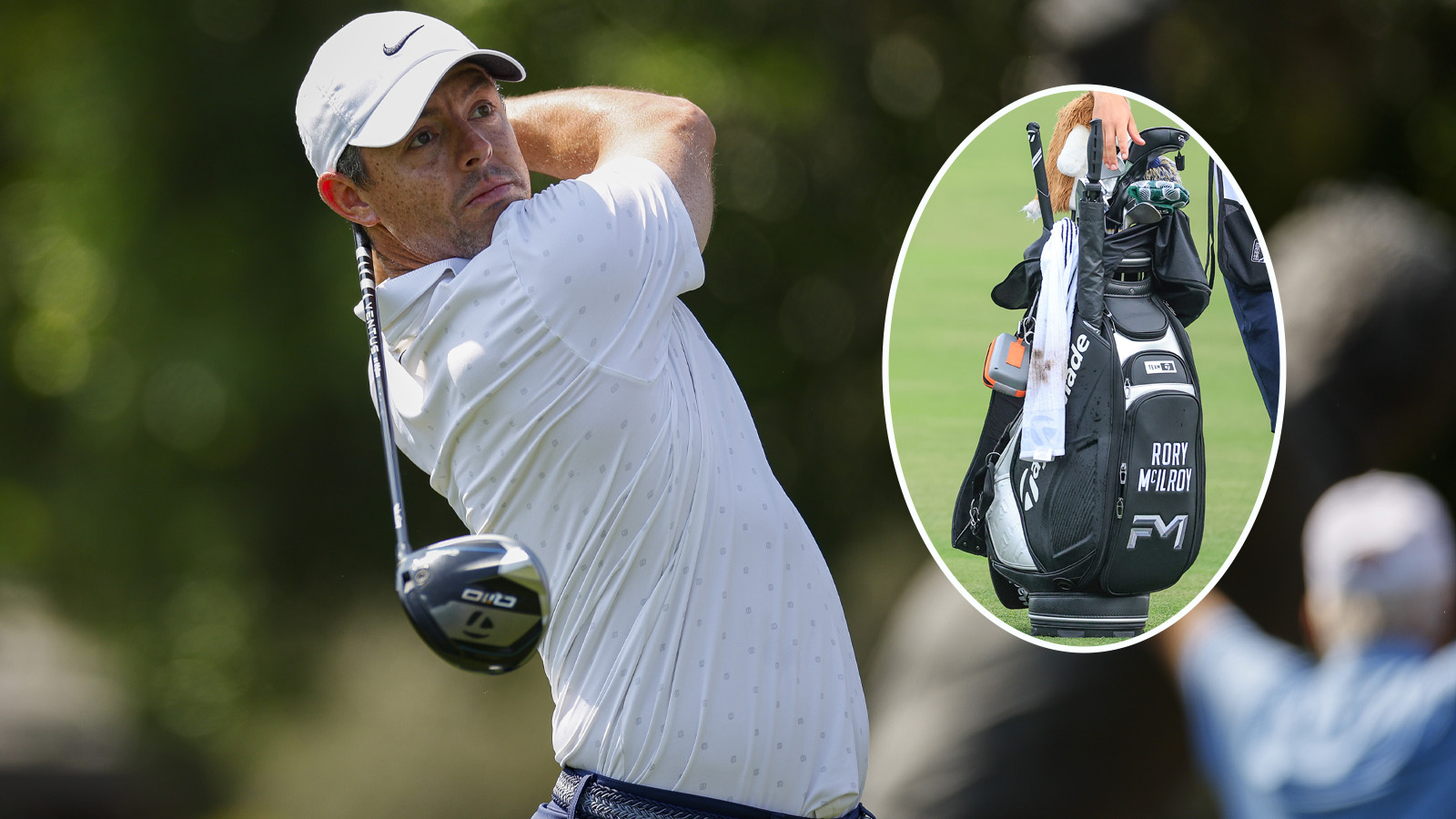 Rory McIlroy What’s In The Bag? 2025 Update
Rory McIlroy What’s In The Bag? 2025 UpdateWe take a look at the clubs the four-time major champion has in his bag for the 2025 season
By Sam De'Ath
-
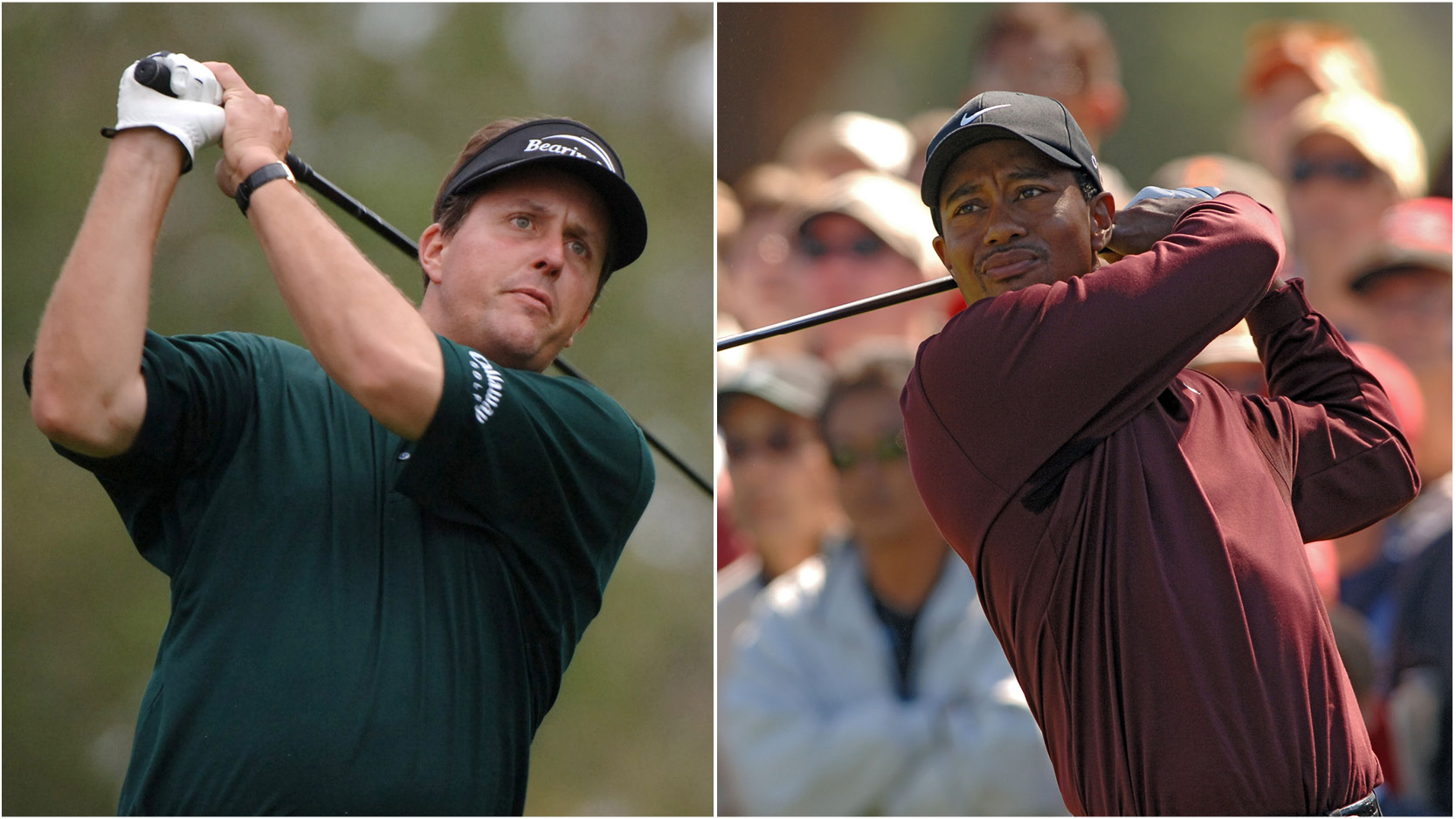 Who Hit It Further - Tiger Woods Or Phil Mickelson?
Who Hit It Further - Tiger Woods Or Phil Mickelson?Both Woods and Mickelson are considered greats of the game - but we look at who hit the ball further using average driving distances and their outright longest drives
By Jonny Leighfield
-
 All 15 Of Tiger Woods' Major Wins
All 15 Of Tiger Woods' Major WinsWe take a look at Tiger Woods' 15 Major victories, a tally that only one man in history can beat
By Elliott Heath
-
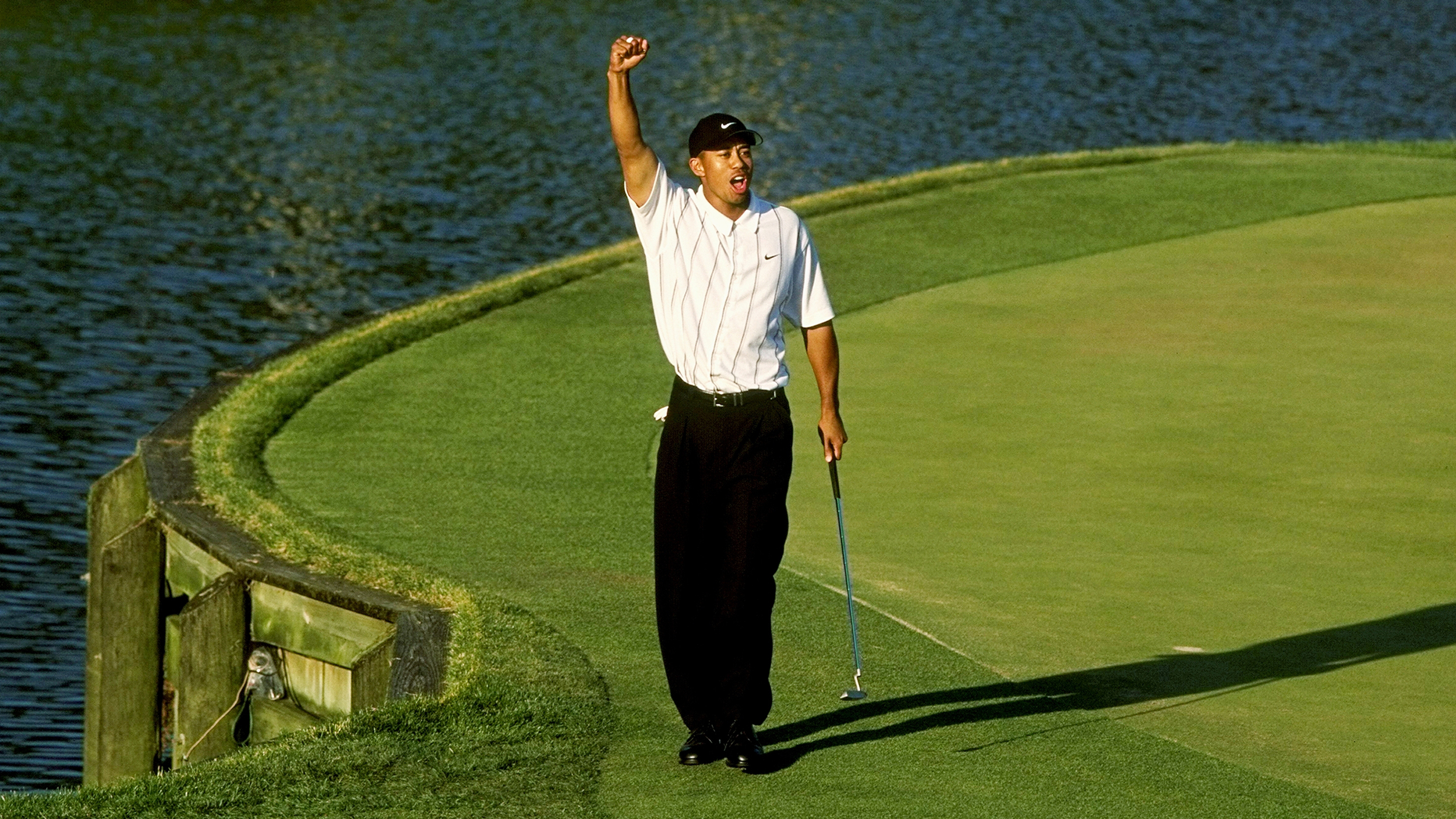 How Many Putts Per Round Did Tiger Woods Have In His Prime?
How Many Putts Per Round Did Tiger Woods Have In His Prime?How much of the 15-time Major winner's success was built on his ability with the putter? We've looked into the numbers to find out...
By Jonny Leighfield
-
 Tiger Woods In Line For Significant World-Rankings Jump At Hero World Challenge
Tiger Woods In Line For Significant World-Rankings Jump At Hero World ChallengeWoods could make a significant jump in the OWGR upon his professional comeback after seven months out
By Jonny Leighfield